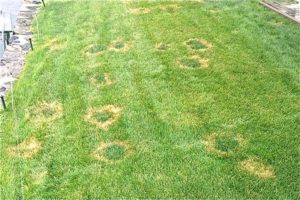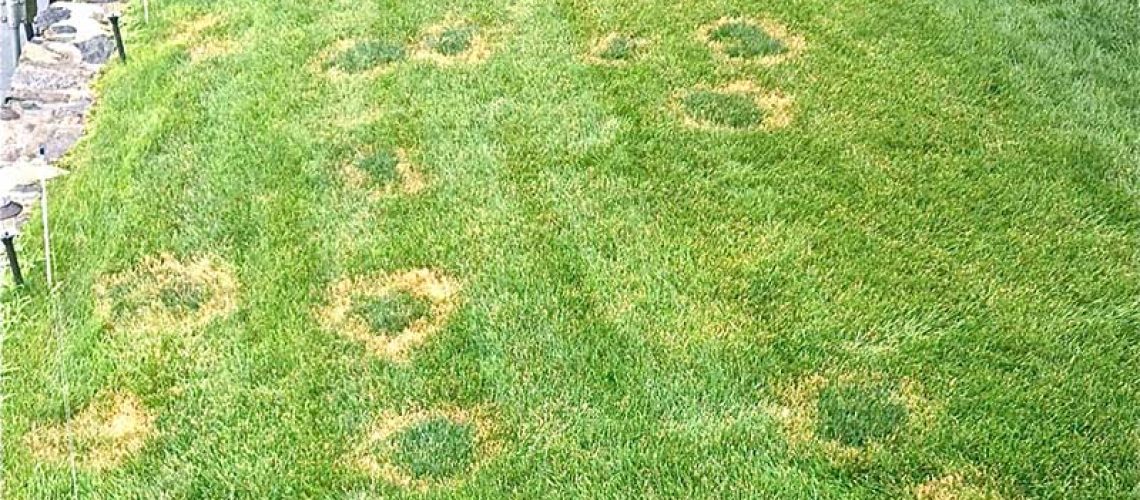 If your lawn is mottled with yellowed arcs, circles or patches you may be one of many Boulder County homeowners whose lawns have been invaded by Leaf Blight or Necrotic Ring Spot fungus. Both diseases are endemic to Boulder soils.
If your lawn is mottled with yellowed arcs, circles or patches you may be one of many Boulder County homeowners whose lawns have been invaded by Leaf Blight or Necrotic Ring Spot fungus. Both diseases are endemic to Boulder soils.
The first step to get rid of summer lawn fungus is….patience
These diseases are challenging to get out of a lawn, but Boulder Landscape and Design offers some tried and true methods for coping with these fungi. The first is to have patience. It takes up to a couple of years to reclaim your yard from a fungal attack. There is no easy, fast answer short of soil reclamation and a re-sod of your property with a resistant grass variety. Follow these simple tips, backed by the Boulder County Extension Service, to start fighting fungus now:
- Sharpen your mower blades before you cut again, and set your mower at 2.5 to 3 inches. Dull blades wound grass and provide an entry for leaf blight; too short turf invites baked soils.
- Use a balanced, natural fertilizer in late August or early September. Natural fertilizers are better for both lawns and environment and are available in most garden centers or online.
- Overseed a few weeks after fertilizing with a fungus resistant grass variety by sprinkling it into your existing grass – just follow directions on the bag. This will strengthen your existing lawn.
- Use a natural winterizing fertilizer by early November. If it is a warm, dry winter and spring, water your lawn (and other plants) every few weeks to keep it from becoming stressed.
- When the ground thaws in early spring, core-aerate to prevent compaction and encourage healthy root growth.
- Do not fertilize early in spring! Wait until early May and use a regular-strength balanced natural fertilizer as well as a natural fungicide and repeat in June and early September.
If you decide to re-sod, be sure to roto-till after removing the old sod and add soil conditioner, compost or good top soil before laying the new, fungus resistant sod. Though it will need irrigation, do not let water pool on your new sod. This may start the fungus cycle all over again.
Boulder Landscape and Design can help you get your fungal problem under control. Call us for an anti-fungal fertilization and overseeding cycle this fall and next spring. We can also replace your lawn with resistant sod and help keep it looking great!









